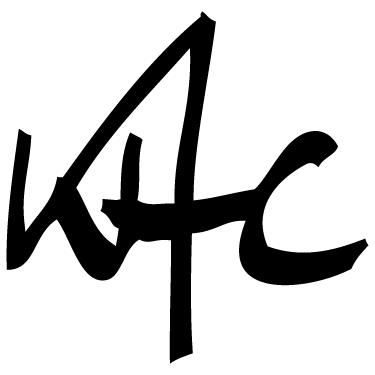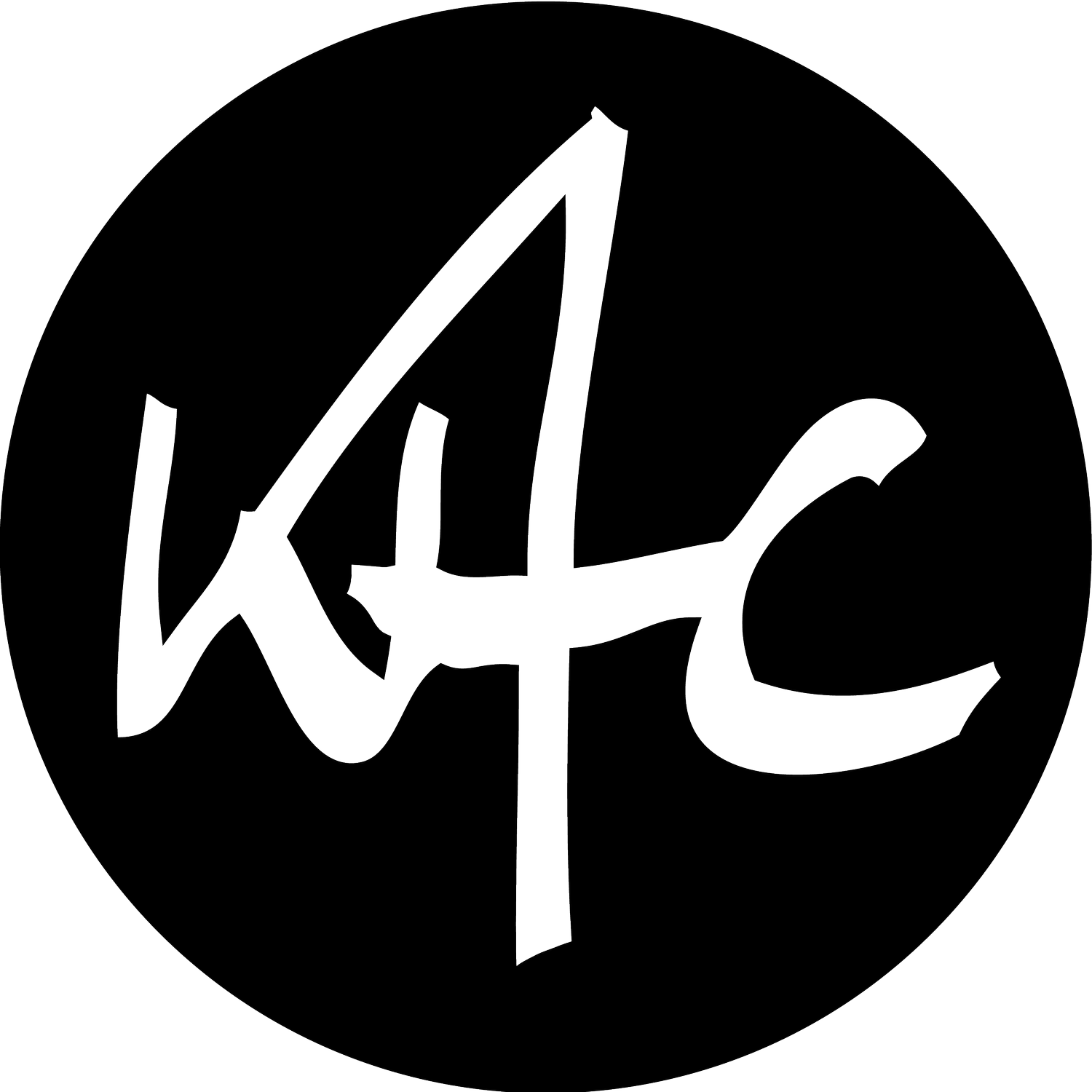The Design of Art – Quick tips for simplifying your drawings
It is easy to be overwhelmed by the information in a scene we want to make an artwork out of and try to include everything we see.
So in this 2nd blog of my Design of Art series, I share some quick tips I use that could help you cut out unnecessary detail and simplify your artworks and design drawings.
I will cover:
Looking past the details
Exercises for improving your abstraction skills
Tapping in to your 'Artist's Filter'
Building up detail
1. Close your eyes, just a little
Probably the easiest and most immediate way to remove detail when looking at a reference image or scene, is to screw up your eyes and squint.
The smaller details in the 'foggy' view in front of you have gone and you are left with the main shapes and larger blocks of colour. These big shapes are usually what define an object and makes it recognisable. The key is working out how little information you need to describe to the viewer what they are looking at, before it becomes unrecognisable.
Squint to simplify your subject
2. Abstracting a squirrel
There are many well-known company logos that are masterclasses in abstraction (reducing something down to its essentials), in that they accurately represent an object in a very simplified image. Logos featuring animals are my favourite.
An exercise I started while at university, I often practice abstracting images. I try to draw my chosen subject in as few lines or shapes as possible whilst keeping it recognisable still.
You can try this yourself, find a reference picture; an animal or household object will do. Look for the features that identifies it and focus on drawing those as simply as possible. Redraw, each time refining down the detail. At what point does it stop being recognisable? You can use tracing or layout paper to draw over each iteration, allowing you to focus on what you are going to include or leave out.
My drawing abstraction exercise. You can see how I started to find style opportunities, where I began exaggerating curves.
Start of with something simple, small animals are a good choice!
Here is my process of abstracting a squirrel. I started with the outlines, the main shapes of the animal, ignoring the shading, texture of the fur, individual toes etc. Drawing these quite small helped me leave out detail as there just isn’t space to put it! In each new version I thought about what I could leave out. I think version 5 was still recognisable, but 6 had too little information.
3. Step away from the reference image! Trust you ‘Artist’s Filter’
Carefully look at your reference image or the scene in front of you, maybe make some quick sketches. Now put them away and draw the scene from memory.
Try drawing this Suffolk beach from memory.
What did you remember?
You will hopefully find that you have remembered the most important pieces of information that represent the scene and filtered out the detail. You can use this as a basis for your artwork design, referring to the reference to improve accuracy if you need to.
4. Start with an idea
Most architectural designs start with a simple sketch idea, and detail is added in as the design is developed. For a recent beach themed linocut, I started with a very simple concept image of a fishing boat with another smaller boat in its shadow.
A sketch idea for a modernist house
I then looked through my library of reference images to find photos I had taken of fishing boats, and used them to to make my boat forms more realistic and add detail in. This way I could include just enough detail to improve interest in the scene without losing my original idea.
I hope you have found some of these quick ideas useful. Let me know in the comments if you have, or if you have any tips that you find helpful for simplifying your artworks.
If you had a go at the abstracting exercise, why not post it on Instagram and tag me, I would love to see your drawings!





